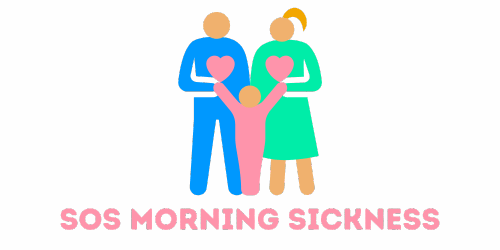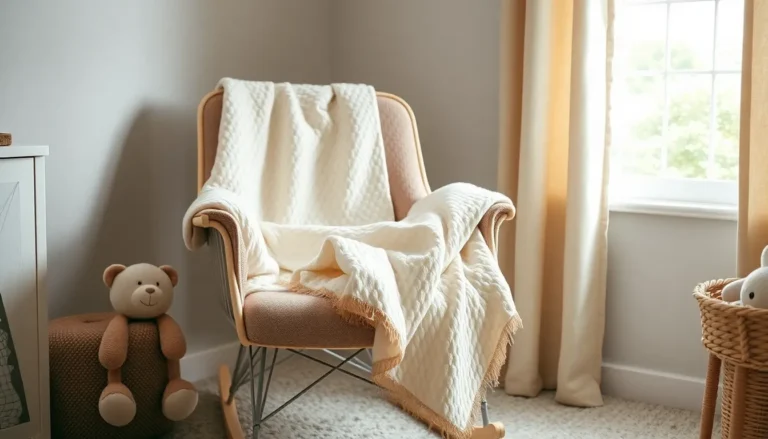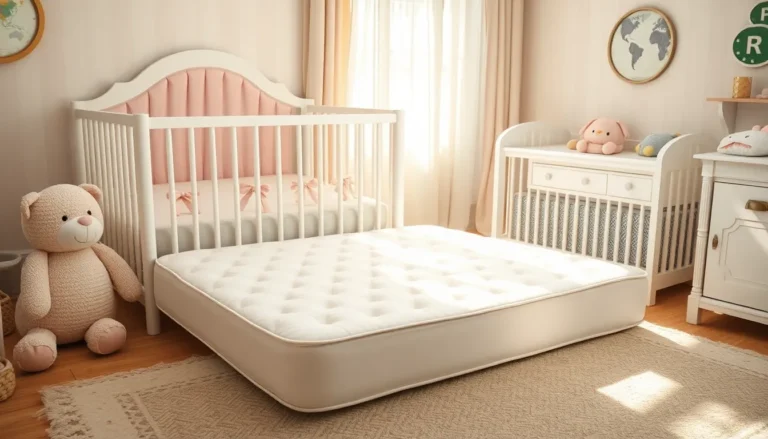In a world where screens dominate our lives, the blue light emitted from devices like the iPhone can feel like a double-edged sword. On one hand, it keeps you connected and entertained. On the other, it can wreak havoc on your sleep and eye health. But fear not! Turning on blue light on your iPhone can help you strike that perfect balance between staying alert and keeping your eyes happy.
Table of Contents
ToggleUnderstanding Blue Light
Blue light is a type of visible light, with wavelengths ranging from 380 to 500 nanometers. Devices like iPhones emit significant blue light, which affects user experiences and health.
What Is Blue Light?
Blue light is a part of the light spectrum that includes high-energy visible light. It’s emitted by various sources, including the sun, LED lights, and screens of portable devices. This form of light plays a role in boosting alertness and regulating circadian rhythms. Exposure to blue light encourages cognitive function and enhances mood. Understanding its functions helps users leverage its benefits while minimizing potential drawbacks.
Effects of Blue Light on Sleep
Exposure to blue light can interfere with the production of melatonin, the hormone that regulates sleep. Increased blue light exposure, especially during evening hours, can disrupt natural sleep cycles. Research indicates that this disruption leads to difficulties in falling asleep and decreased sleep quality. Many individuals report feeling more awake when using devices emitting blue light late at night. Emphasizing the importance of managing blue light exposure can help people maintain a healthy sleep schedule.
How to Access Blue Light Settings on iPhone

Adjusting blue light settings helps manage eye strain and supports better sleep. Users can access these settings in two main ways.
Using the Control Center
Accessing blue light settings via the Control Center is quick. Swipe down from the top-right corner of the screen. Tap and hold the brightness slider until additional options appear. Look for the “Night Shift” button. Activating Night Shift reduces blue light emissions during evening hours, aiding sleep quality.
Through Settings Menu
Navigating through the Settings menu offers another approach. Open the Settings app and select “Display & Brightness.” Find the “Night Shift” option, which presents customizable settings. Set a schedule for Night Shift to start and end automatically, or toggle it on manually. This method provides flexibility in managing blue light exposure throughout the day.
Step-by-Step Guide on Turning on Blue Light
The iPhone offers several features that manage blue light exposure. Users can easily enable these settings through a few simple steps.
Enabling Blue Light Through Night Shift
To enable blue light through Night Shift, swipe down from the top-right corner to access the Control Center. Tap the brightness slider, then activate the Night Shift toggle. This feature filters out blue light by adjusting the display color. Scheduling Night Shift is also possible through Settings. Go to Display & Brightness, then select Night Shift to choose a start and end time for the filter. During the scheduled hours, the screen will automatically shift to warmer tones. Enjoy reduced blue light exposure in the evenings, making it easier on the eyes.
Adjusting Color Temperature
Adjusting color temperature enhances the effectiveness of Night Shift. Within the Night Shift settings, users can slide the color temperature warmer or cooler. Warmer settings reduce harsh blue light, promoting better relaxation. A cooler temperature maintains a bit more blue light, suitable for those needing heightened alertness. Make adjustments based on individual preferences and time of day. Finding the ideal balance can significantly improve comfort during night-time usage. Personalization options make it user-friendly and effective for managing blue light exposure.
Alternative Methods to Manage Blue Light
Managing blue light exposure can extend beyond built-in iPhone features. Various alternative methods exist to enhance comfort during device use.
Using Blue Light Filter Apps
Blue light filter apps provide additional options for users. Numerous apps are available for download, such as Twilight and f.lux, which offer customizable settings tailored to individual preferences. These applications can adjust the screen color temperature based on the time of day or user-defined schedules. Some even provide various intensity levels for effective filtering. Many users find these apps helpful for reducing eye strain and improving sleep quality.
Utilizing Screen Time Settings
Screen Time settings serve as another effective tool. By enabling ‘Downtime’, users can schedule breaks from their devices during specific hours, reducing overall blue light exposure. App limits within Screen Time allow users to restrict usage of particular applications during set time frames. Users can set notifications to remind them when it’s time to disconnect, promoting healthier habits. This feature helps establish boundaries on usage, leading to better sleep hygiene and decreased eye fatigue.
Managing blue light exposure on an iPhone is essential for maintaining eye health and improving sleep quality. By utilizing features like Night Shift users can customize their device settings to filter out blue light during evening hours. This not only enhances comfort but also promotes healthier sleep patterns.
In addition to built-in settings users can explore third-party apps and Screen Time features to further limit blue light exposure. These strategies create a balanced approach to device usage ensuring that users stay connected while also prioritizing their well-being. Embracing these practices can lead to a more restful night and improved overall health.








